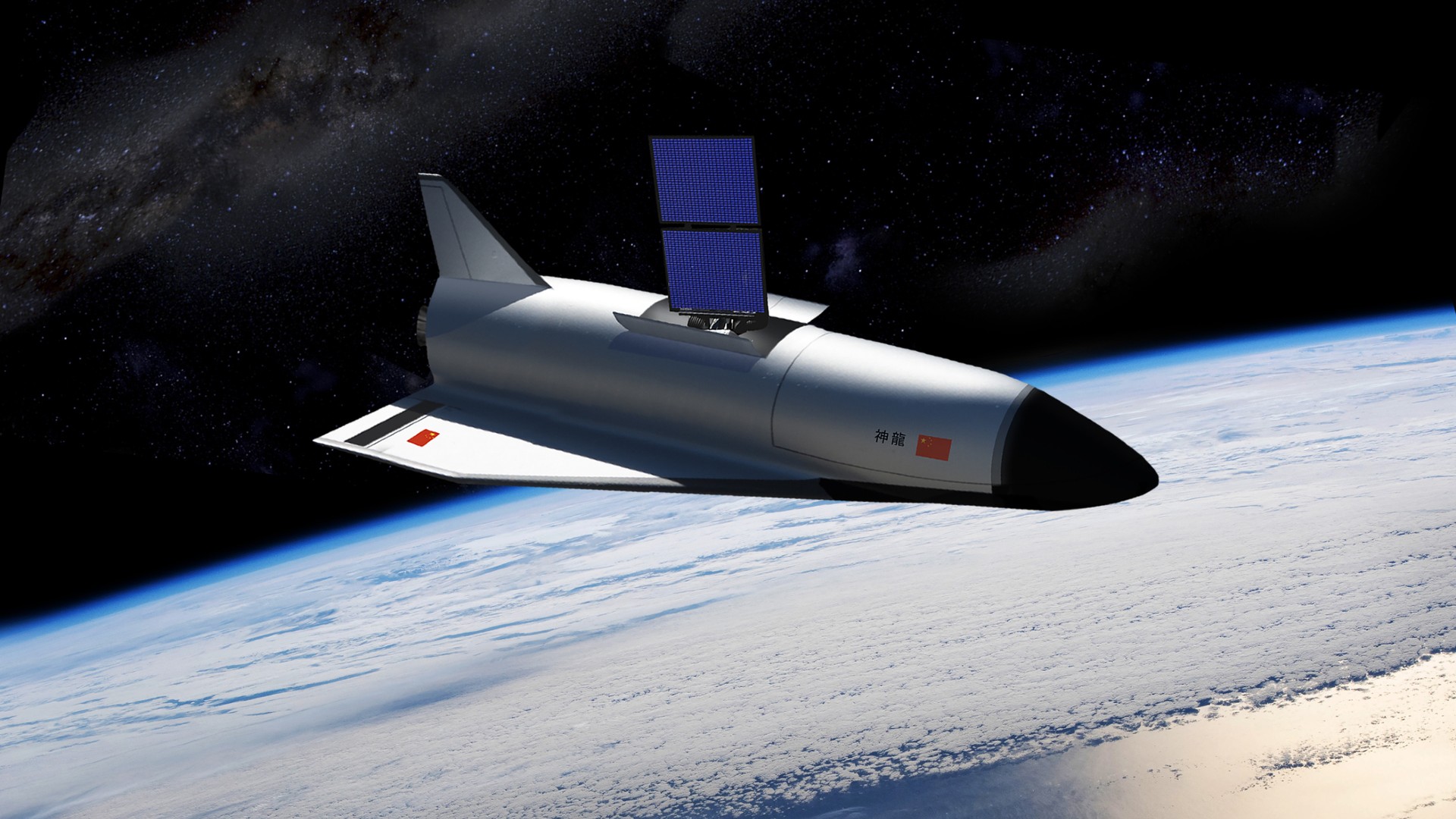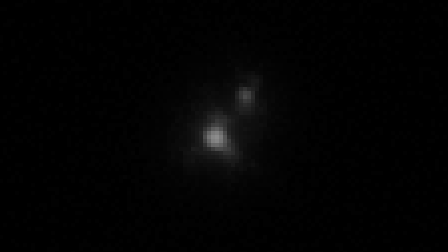China's mysterious space plane returns to Earth after 268 days in orbit
Details about the spacecraft and its mission remain largely unknown.

China's mysterious space plane has returned to Earth after spending over 8 months in orbit.
The reusable spacecraft landed at the Jiuquan Satellite Launch Center in a remote section of northwest China on Friday (Sept. 6). It launched from the same site atop a Long March 2F rocket on Dec. 14, 2023, on its third mission, and spent 268 days in orbit, according to Chinese state media outlet Xinhua.
While the exact capabilities of the space plane remain largely unknown, Xinhua states the craft will "pave the way for more convenient and affordable round-trip methods for the peaceful use of space in the future."
It's unknown what exactly China's space plane was doing on this most recent mission — or on any other mission, for that matter. As with seen in previous missions, spacecraft trackers on the ground observed the space plane releasing a small object into orbit.
"This object could be a subsatellite deployment, or it could be a piece of hardware ejected prior to end of mission and deorbit (the space plane's first flight did something similar)," said astronomer Jonathan McDowell of the Harvard-Smithsonian Center for Astrophysics in a post on X (formally Twitter).
The space plane appeared to conduct what is known as rendezvous and proximity operations (RPO) with the object, meaning it tested capabilities to meet up with and get close to the object in space, SpaceNews reported.
These operations can be used to repair or perform upkeep on friendly satellites, and it is believed that military superpowers are refining these techniques to potentially tamper with adversary satellites during any future orbital combat.
Get the Space.com Newsletter
Breaking space news, the latest updates on rocket launches, skywatching events and more!

China's space plane launched on this recent mission just two days before the scheduled launch of the U.S. Space Force's own reusable orbital vehicle, the X-37B.
That launch was scrubbed with about 30 minutes remaining in the countdown, and the X-37B would go on to launch two weeks later, on Dec. 28, 2023, on its seventh mission. Like with China's space plane, the capabilities and missions of the X-37B are largely classified; it is known to be an orbital test bed for new technologies, but that's about it.
India is also developing its own reusable orbital space plane named Pushpak.
Join our Space Forums to keep talking space on the latest missions, night sky and more! And if you have a news tip, correction or comment, let us know at: community@space.com.

Brett is curious about emerging aerospace technologies, alternative launch concepts, military space developments and uncrewed aircraft systems. Brett's work has appeared on Scientific American, The War Zone, Popular Science, the History Channel, Science Discovery and more. Brett has English degrees from Clemson University and the University of North Carolina at Charlotte. In his free time, Brett enjoys skywatching throughout the dark skies of the Appalachian mountains.
